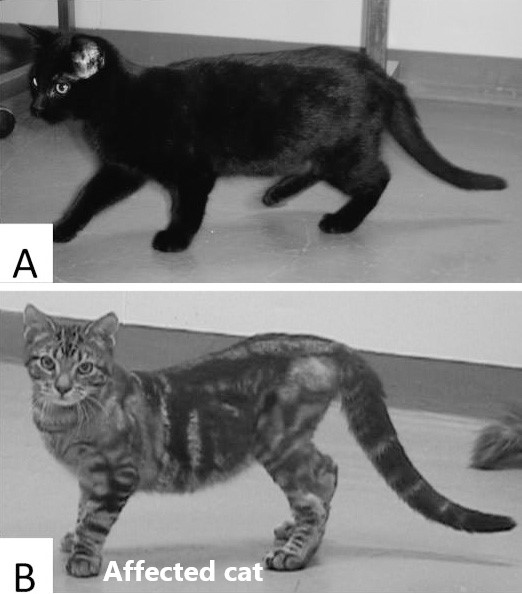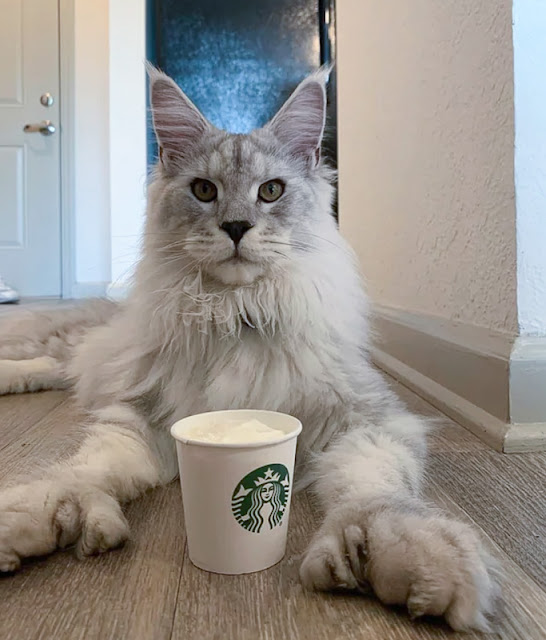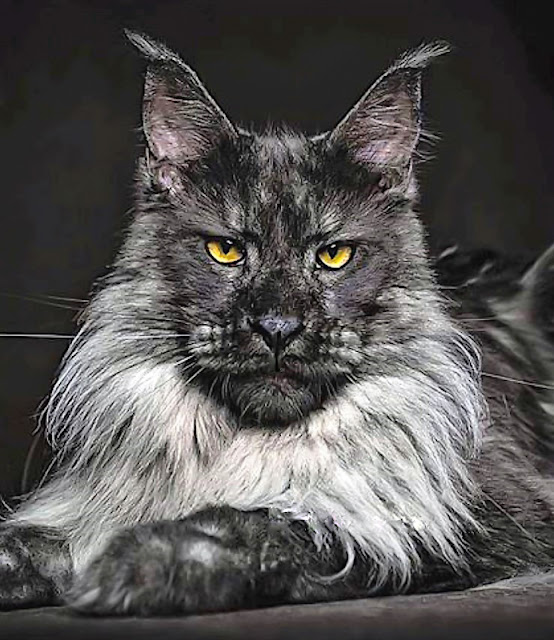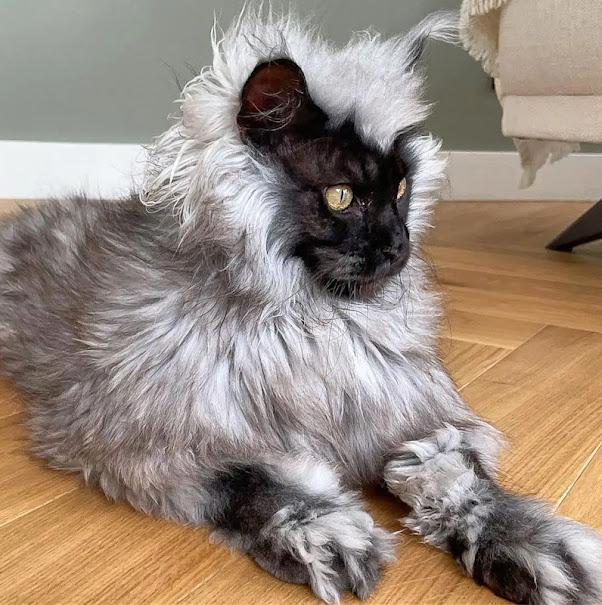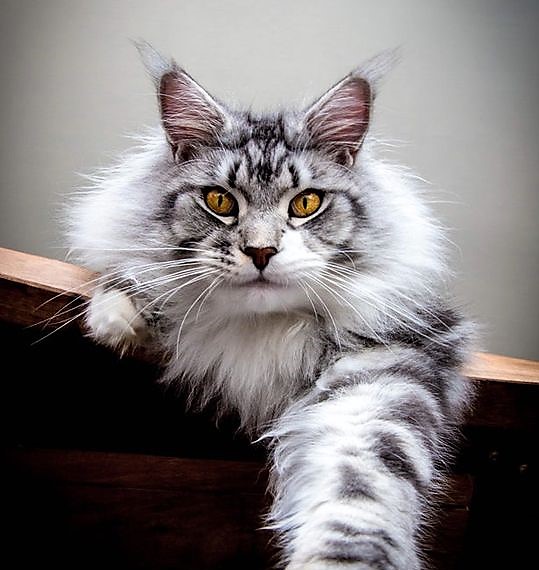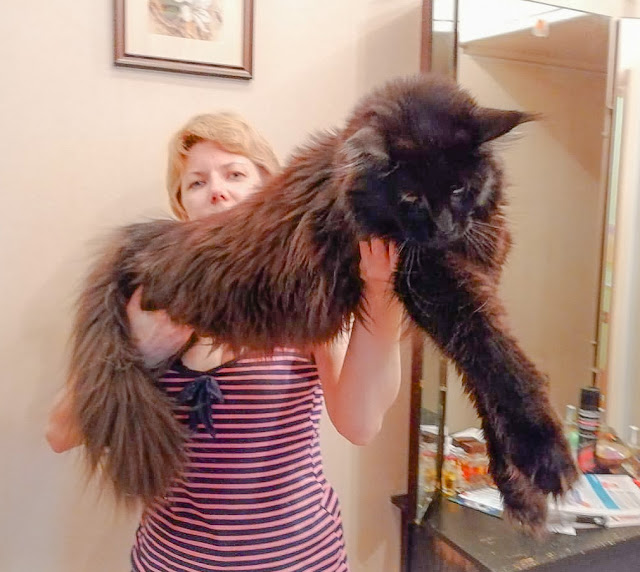Why do breeders create Maine Coons with big, square muzzles? What's the purpose?
What's the purpose? Why do Maine Coon breeders go out of their way to create cats with abnormally large and "square" muzzles. They are unnatural. They are more like dog muzzles. Why do breeders create Maine Coons with big, square muzzles? What's the purpose? Image: MikeB. Not common The first point to make is that Maine Coon cats with these kinds of extreme and heavy muzzles are relatively rare. They are quite common on the internet (social media) but on the ground in the "real world" - among the Maine Coon pets - they are much less common. One can be misled by the internet. And the Maine Coon show cats are not like this. They will have heavier than usual muzzles but not the type that we see on social media. The show Maine Coon have slightly heavier and squarer muzzles than normal because they should look natural (see below). Standard guides and encourages But the reason why breeders focus on the muzzle as a defining appearance aspect is because the breed st...

.jpg)
.png)



.jpg)
